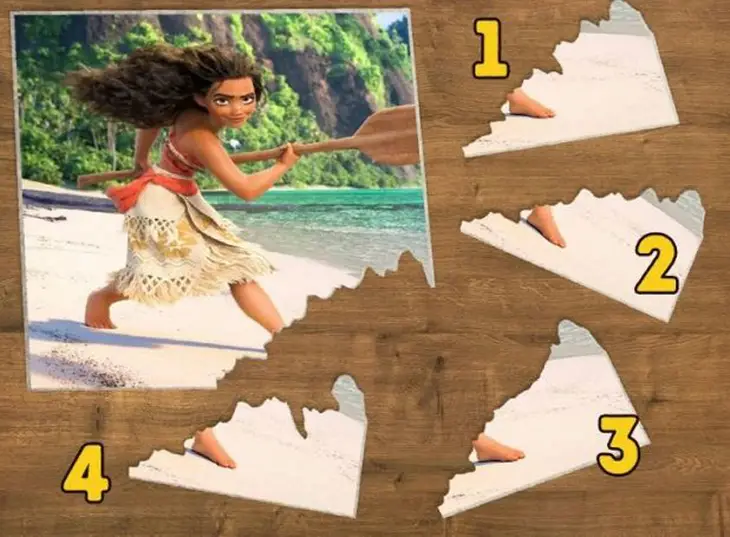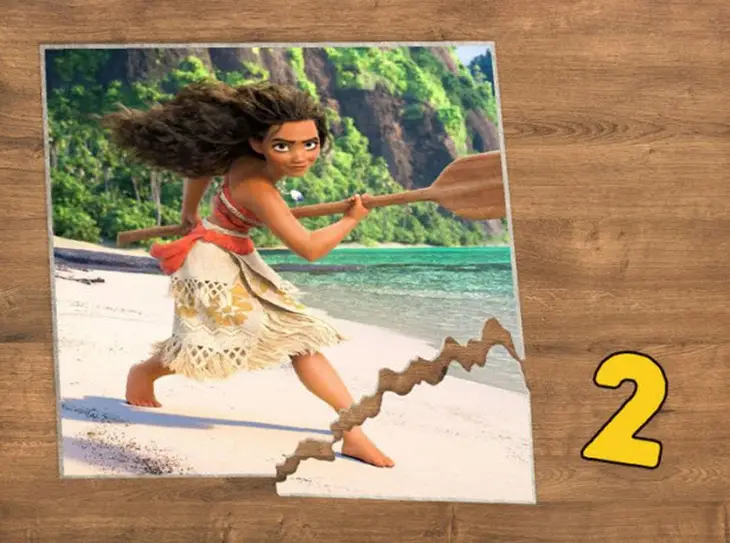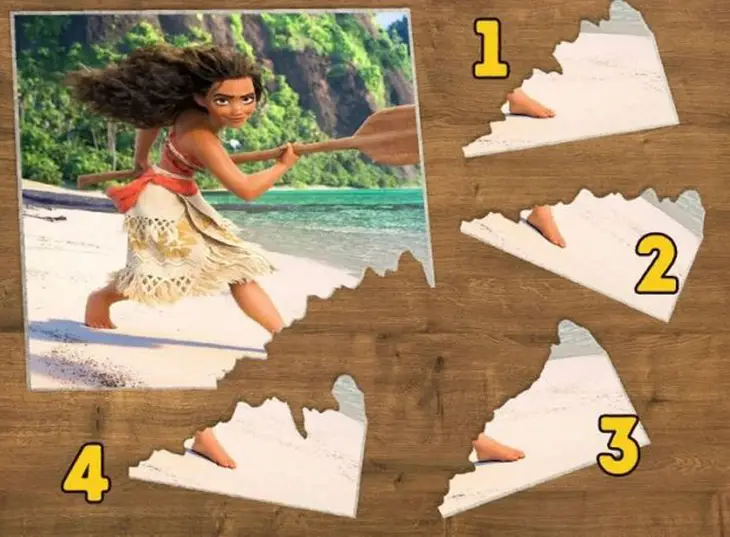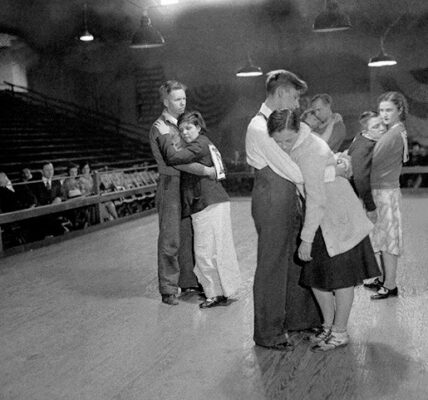Puzzles are a fantastic way to sharpen our observational skills and logical thinking. Ever faced an image puzzle with a missing piece, challenging you to find the exact match? If you enjoy these types of visual challenges, get ready for a classic puzzle where your keen eye for detail is your best tool. Look closely, study the image, and try to figure out which missing corner piece fits perfectly. Think you’re up for it? Let’s see how sharp your observation skills truly are!
Why Small Details Make These Puzzles Tricky

In puzzles like this one, success is often in the tiny details. Many people make quick guesses, focusing on the general shape or color of the missing piece. However, a closer look reveals subtle differences in angles, lines, textures, and even shadows. These minute variations are what make such puzzles challenging, and they’re exactly why patience and precision are essential. The slight change in texture, color gradients, or angle can be the difference between the right and wrong answer. So, this challenge isn’t just about speed; it’s about accuracy and attention to detail.
Common Mistakes People Make in Matching Puzzle Pieces
Even the most observant puzzlers can fall into certain traps when trying to match puzzle pieces. Here are a few common mistakes to watch out for:
1. Focusing Only on the Outline
Many assume that if a piece’s outline generally fits the missing area, it must be the correct choice. However, in highly detailed puzzles, even a slight mismatch in lines or patterns can make a big difference. Outlines matter, but so do textures and angles.
2. Ignoring Shadows and Color Variations
In puzzles with backgrounds, small changes in shadows, shades, or textures are often critical clues. Ignoring these elements can easily lead to the wrong answer, as shadows and colors add an extra layer of detail that’s vital for an exact match.
3. Rushing Through Options
Taking a quick glance at each piece and making a snap decision might work for simpler puzzles, but for this kind of puzzle, careful observation is key. Those who rush often miss essential clues and may overlook the subtle characteristics that reveal the correct piece.
Step-by-Step Guide to Solving the Puzzle
To find the correct piece, let’s take a methodical approach. We’ll break down each piece and compare it to the missing section, focusing on essential details for a precise match.
1. Analyze the Shape and Angle of the Missing Piece
First, look at the torn or missing area of the main image. Note the specific shape, angle, and texture around this torn section. These features create a baseline you can use to match against the other pieces. Pay special attention to the curves, sharp edges, or any unique marks around the area.
2. Compare Each Option Carefully
Now, let’s analyze each piece from the provided choices, comparing each one with the torn section’s shape and details.
- Piece 1: Although this piece has a similar shape, there’s a slight mismatch in the angle and curve of the tear. When inspected closely, you’ll notice that the sand’s texture and color don’t align perfectly with the main image, making it an unlikely match.
- Piece 2: This piece has a close alignment with the torn edges. The outline matches well, and the texture and slight shadow details also seem to blend with the main image. It’s a strong candidate for the correct piece and appears to align in shape, color, and angle.
- Piece 3: This option has a somewhat similar outline, but a noticeable discrepancy in the tear’s angle becomes apparent on closer inspection. The curve and some sand details don’t line up, making it an unlikely match.
- Piece 4: While this piece has some similarities, it doesn’t fully align with the texture and shadow patterns in the torn area. When placed side-by-side with the missing section, it becomes clear that this piece lacks the exact details needed for a seamless fit.
3. Final Decision Based on Key Details
After carefully reviewing each option, Piece 2 emerges as the most likely match. Its shape, texture, and alignment with the torn area of the main image make it the best choice. The details align perfectly, from the curve of the tear to the sand’s texture and color, creating a seamless look that completes the image.
The Solution: Piece 2 Is the Right Match

After a detailed analysis of each piece, the answer is clear: Piece 2 is the perfect fit. This piece’s alignment with the main image, including the tear’s angle, texture, and shadowing, makes it an exact match. With Piece 2 in place, the image feels complete, and the puzzle is solved!
How to Boost Your Observation Skills with More Puzzles
Did you get it right? If you managed to pick the correct piece, congratulations—you’ve got a sharp eye for detail! If you missed it, don’t worry; puzzles like these are all about practice. Each time you challenge yourself, you’re training your brain to look closer and observe more accurately.
Why Puzzle Challenges Like These Are Great for Mental Agility
Working on visual puzzles can be a fantastic way to sharpen your observation and logical thinking skills. They encourage you to look beyond the obvious, practice patience, and engage in a bit of problem-solving. Whether you’re looking to improve focus or just have fun, puzzles like these offer both entertainment and mental benefits.
Conclusion: Keep Challenging Yourself to Sharpen Your Skills
Puzzles that ask you to spot missing pieces or match details are great tests of patience, precision, and observation. With every puzzle you tackle, you’re honing your skills and pushing your mind to think more critically. If you enjoyed this challenge, why not explore more puzzles and see just how far your observation skills can go?
Share your experience with this puzzle in the comments below, and don’t forget to keep challenging yourself with new puzzles—who knows what hidden details you’ll notice next time!

